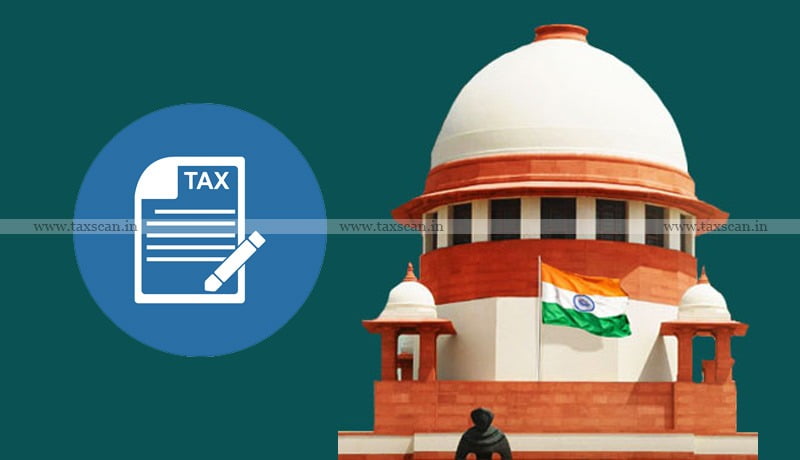no longer file returns for periods older than three years, tightening the compliance framework under India’s GST regime.
This article decodes the implications of this compliance cutoff, exceptions provided, and practical steps businesses should take to avoid penalties and ensure seamless GST compliance.
Why This Change?
The GST system has faced challenges with delayed filings, impacting revenue collection and data reconciliation for the government. This three-year time bar aligns with Section 37, 39, and 44 amendments under the CGST Act, ensuring:
- Timely compliance by taxpayers
- Streamlined reconciliation for the government
- Reduced backlog in the GSTN system
What Does ‘Time-Barred’ Mean in GST?
Time-barred returns refer to GST returns that will no longer be accepted for filing if they exceed three years from the original due date.
Example:
If GSTR-3B for June 2022 was due on 20th July 2022, it can only be filed until 19th July 2025. From 20th July 2025, the GSTN portal will not accept its filing.
Returns Covered Under the New Rule
The three-year filing cutoff applies to:
✅ GSTR-1 (Outward Supplies)
✅ GSTR-3B (Monthly Summary)
✅ GSTR-4 (Composition Scheme)
✅ GSTR-9 (Annual Return)
Exceptions and Relaxations
While the rule is stringent, the GST Council may allow filing beyond the three-year limit under special circumstances, which could include:
- Court orders
- System errors leading to filing delays
- Relief during disasters or pandemics (subject to notification)
Businesses should not assume automatic extensions and must seek specific approval if filing beyond the cutoff.
Impact on Businesses
1️⃣ Loss of Input Tax Credit (ITC)
Failure to file returns within the three-year window could lead to permanent loss of ITC, increasing tax costs.
2️⃣ Penalties and Interest
Delayed filings beyond the due date attract late fees and interest, and non-filing could trigger:
- Notices from GST authorities
- Cancellation of GST registration
- Restrictions on e-way bill generation
3️⃣ Hurdles in Vendor Reconciliation
Vendors unable to claim ITC due to your non-filing could impact business relationships and cash flows.
Practical Steps for Businesses
✅ Review Pending GST Returns:
Immediately identify any returns pending for FY 2022–23 and earlier to file before the cutoff.
✅ Automate GST Compliance:
Consider using GST filing software to avoid manual errors and reminders for upcoming deadlines.
✅ Strengthen Internal Controls:
- Regularly reconcile purchase and sales registers
- Monitor GST ledgers
- Track vendor compliance to avoid mismatches
✅ Communicate with Vendors:
Ensure your vendors are informed about the three-year limit to avoid last-minute disputes over ITC claims.
Conclusion
The GSTN’s move to time-bar GST returns after three years from the due date starting July 2025 is a major compliance shift under India’s GST framework. Businesses must act now to file any pending returns for FY 2022–23 and earlier before the cutoff and establish robust systems to ensure timely compliance in the future.
Failing to do so could lead to loss of ITC, penalties, and compliance issues, impacting profitability and operational smoothness.








